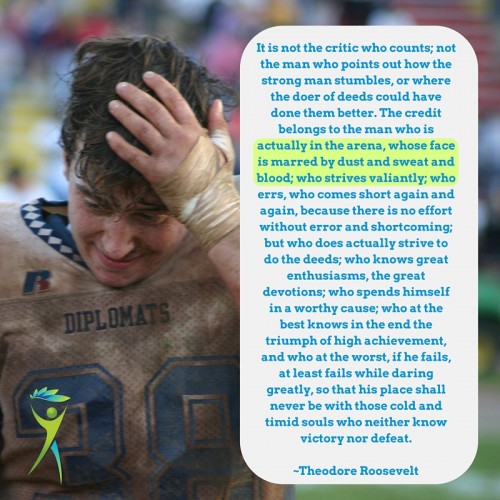
15 Feb The Chiropractor with the Broken Back: Individualizing Fitness To Teach Respect
Writer’s Note: This post is the long personal story of my own injury history and it has affected my perspective of pain, movement, and fitness. The hope is to convey natural principles of the human body and movement through that story to describe how vital it is to always be collecting data about your body. Please let us know how these messages land for you.
Movement is life (as a chiropractor, this principle rains thoughts about movement on every day of my existence).
Movement governs all of our bodily processes and allows you to experience the majority of life’s pleasant moments. Playing games and sports such as golf or tennis, holding your children or grandchildren, cooking, cleaning, and let’s not forget the taken-for-granted ability to walk and use the toilet bowl without issue.
Movement’s undeniable roots in living your most fulfilling life makes maximizing your ability to move and to move well, now and in the future, of paramount importance.
While fitness has literally saved my life (more on that another time), movement + I have grown apart in recent years.
With other life priorities, I find it hard to muster the limited resource of willpower to move as much as I used to. Accumulated structural dysfunctions make it even harder as I can’t just pick up a barbell and start moving like I used to without risk of injuring some body part.
This past week, I began an Individual Design Fitness Program with Coach Andrew at Heroes Journey.
I’m butting up against emotional resistance towards accepting my current body and wonder at how much abuse I’ve done to myself over the years.
And I remembered when I first learned that what a structural dysfunction feels like and that it needs to be respected.
Flashback: The Day I Learned About Structural Dysfunction
It was August 20th, 2010 (age 25).
I was on vacation to Delaware with family. With nothing but the beach in “Dela-where?”, I got to relax and read for hours. Whenever I read, I sit. Therefore, I was doing alot of sitting.
Towards the end of the week, I started noticing tension in my lower back.
I had previously gotten pain in the quadratus lumborum bilaterally on occasion. This muscle is a secondary lumbar spine stabilizer. Secondary because it tends to overwork and become painful when the primary muscles, such as psoas, multifidi, semispinalis, rotatores, don’t work optimally, often from too much sitting!
Because I hadn’t exercised to load my back (Remember that loading your body is like putting water in your bucket. As long as your bucket is big enough to handle all of the water of movement, you won’t experience any symptoms) I didn’t think much of the “tension”. When I got home from vacation, I went to the gym to workout. We were practicing Fight Gone Bad, in honor of Murph.
In the first round, I started the Sumo Deadlift High Pulls when I felt it … significant pain in my back provoked by bending in all directions. Juiced up and adrenaline rushing, I shovelled together the shambles of my body to finish the workout.
The Chiropractor With the Broken Back
Later that day, I went to a BBQ. Demolished some hamburgers, hot dogs, and more than a couple of cookies.
After sitting a while, I went to stand and started walking. It was then that I realized that I couldn’t stand up straight and walked like a duck, forward lean and ass out. I’ve had back pain before, but never this bad!
The morning after the incident was the worst.
If a disc is injured, either within the disc’s walls or herniated outside, it won’t like increased pressure. As you sleep, the discs take on water because gravity isn’t squeezing the discs between two vertebra. Morning pain that lasts for 30 minutes after getting out of bed, then diminishes is either caused by disc pathology or osteoarthritis.\
Each day after that, it continued to get better.
I iced for 15 minutes every hour when I remembered. I continued to sit for short periods of time, then stand and move in directions that were painful, just to maintain any flexibility I was in danger of losing. I made sure to eat a strict anti-inflammatory diet (mainly fruits and vegetables) and take some fish oil capsules to ensure that I had an optimal healing environment on the inside.
Two days after the incident, I was able to do most activities of daily living.
As with any diagnosis, I confirmed the disc pathology with referral diagnosis from the symptomatic data. I had the faintest feeling of disc referral symptoms going down my right butt cheek and into the top, front portion of my thigh, exacerbated by lumbar extension. I was comfortable in lumbar flexion. If the referral pain was a pattern coming from the lumbar facets, the symptoms would have been provoked with lumbar extension, not flexion. The symptoms were not provoked with any hip movement, including a SLR, which I could get to the normal range of 90 degreees, confirming disc pathology without a space-occupying lesion. I wasn’t too worried at the time about the nerve pain because of my level of functionality.
First Hand Experiences of Empathy
It is not the critic who counts; not the man who points out how the strong man stumbles, or where the doer of deeds could have done them better. The credit belongs to the man who is actually in the arena, whose face is marred by dust and sweat and blood (boldness is mine); who strives valiantly; who errs, who comes short again and again, because there is no effort without error and shortcoming; but who does actually strive to do the deeds; who knows great enthusiasms, the great devotions; who spends himself in a worthy cause; who at the best knows in the end the triumph of high achievement, and who at the worst, if he fails, at least fails while daring greatly, so that his place shall never be with those cold and timid souls who neither know victory nor defeat. ~Theodore Roosevelt
Friends, family, and patients had given me a hard time for the amount of load I put in my bucket in the past.
I used to crossfit. I played rugby. I’ve been known to put my body in what some may call dangerous situations.
While I’m sad that my body cannot do what it used to be able to do, I’m grateful for the perspective:
How compassionate can you be unless you put yourself in another’s shoes? Unless you’re in the arena and experience what your patients are experiencing? The dust, sweat, blood, pain, tears, and struggle coming from not being able to do what you love?
Those who have gone through cancer or have had their loved ones die are always more empathetic to those who experience similar things.
The way I see it, I’ve not only become a better doctor because of the abuse, but a better person because I’ve learning to feel the pain that suffering people go through.
Experiencing from a 1st-person perspective gives me great awareness in how to deal with any problem.
A Lifetime of Injuries
Here is a short list of injuries I’ve accumulated over the years.
1. Weakness in both forearms [Onset: February 2015 – Duration: One Year and Current]
High volumes of grip-intensive exercise combined with high volumes of grip-intensive manual therapy treatment for patients and a history of inflamed hands for two years on approximately twenty occasions from hitting lineman who weighed up to a hundred pounds more than me (see hand tape below) has caused a lot of hand osteoarthritis and forearm adhesion that I can’t seem to get ahead of no matter how much dosage of manual adhesion release I undergo.
In college, my teammates called me “Ol’ Steppy Fat Hands”. My last name is Stepien, and I always had “Fat Hands”, hence the nickname. I’m making this up, but they could’ve called me this if they had been clever enough to think of it themselves. 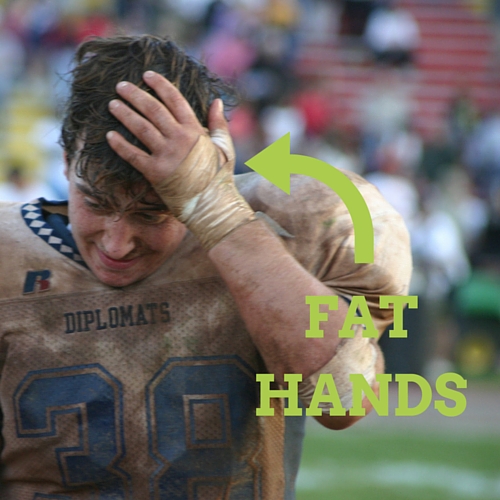
2. Torn articular cartilage in left knee [Occured: November 2014 – Duration: Permanent]
At the end of the last rugby game I ever played, I was jogging to catch up with a play and hyperextended my knee, untouched (normal load). The data suggests that without trauma and no history of knee symptoms before this game, this cartilage tear was going to happen in a matter of time and was below the symptom threshold. Jogging was the metaphorical straw that broke the camel’s back. If there was trauma where I was running at full speed and was tackled awkwardly (excessive load), it would’ve suggested that I had healthy cartilage before I ever played that game. This isn’t the case.
Simply:
- No history of symptoms + no trauma (normal load) = structural dysfunction (could have been screened out with a functional movement exam)
- No history of symptoms + significant trauma (excessive load) = acute injury ( could not have been prevented other than not playing)
Interestingly in the context of how well (or not well) the body compensates, hobbling on my left knee for a weak caused the disc pathology to rear its ugly head for 6 weeks worse than it had ever been before, thus setting a new record for pain intensity and frustration.
3. Torn labrum in right hip [Occurred: March 2013 – Duration: Permanent]
After Phase 1 of the Smolov Squat Routine, I had set a PR for my back squat at 350 pounds! I had never done so much, even when I was squatting twice a week for four years in college. In Phase 2, my right hip couldn’t keep up with the volume and it let me know by becoming inflamed for months. The inflammation has gone away since and doesn’t get inflamed unless I do heavy squatting or lunging. I’ve learned that lesson at least three times since 2013.
Today, when I squat, I feel a pinch in the front of my hip that is unaffected by treatment of my posterior hip capsule and adductor magnus (the tissues responsible for increasing hip flexion range of motion).
4. Herniated disc [Onset: August 2010 – Duration: Permanent]
Not fun! The lesson here is not to get one of these. Luckily, my back can still handle a lot of load . My 21 year-old-brother took a year to heal from his herniation.
While it’s not the end of the world as I don’t care about your herniated disc suggests, structural dysfunction needs to be respected to live a pain-free life.
5. Achilles tendinosis on right side [Occurred: July 2010 – Duration: Mostly resolved since 2014]
I developed this chronic achilles tendinosis in my right achilles tendon with too much barefoot running. My left achilles tendon was loving life.
This condition has since healed, although I need four days to recover from running one to two miles. I know because I’ve tested.
6. Grade 2 concussion [Occurred June 2010, October 2013, October 2014 – Duration: Mostly resolved except for tension headaches exacerbated by dehydration and malnutrition]
This Grade 2 beauty of a diagnosis is described as a concussion with no loss of consciousness, confusion, and what makes it dangerous, the amnesia.
On the June 2010 episode, I didn’t lose consciousness but I did black out for half an hour and didn’t even remember going into the rugby game. (My mom strongly dislikes rugby and I never told her about the concussion. I hope you’re not reading this Mom!) The scary part of this episode is I tried to call an ex-girlfriend that I had broken up with months ago, thinking I was still dating her. That would have been embarassing if she answered! Lesson? Avoid running into a big man’s knees with your forehead.
7. Strained left achilles tendon [Onset: April 2010 – Duration: Progressed into #5 after three months]
Like I mentioned above under #5, I had been running a decent amount barefoot. Then, I was attempting to glorify a friend’s chiropractic practice in a flag football tournament fundraiser for Cerebral Palsy at Giants Stadium when for no apparent reason, I could hardly walk on my foot anymore. The Giants looked at me with disappointment.
8. Burnt feet [Occurred March 2009 – Duration: Resolved after two months]
Instructions for FireWalks: When doing a firewalk, stop doodling in your notes and listen to the gentleman instructing you on how to do the firewalk. Walk faster than you would for a morning stroll. If you do these things, you won’t be the only person out of fifty to give yourself severe burns that take two months to heal like I did.
Lessons in Pain-Free Living and Fitness Pursuits
Here are some life lessons I’ve learned from my painful experiences:
1. Everything happens for a reason.
Every second of every day, your body is giving you data to be analyzed. Your awakeness, energy, ease of movement, stomach grumblings, pain, tightness, stiffness, tension, stretching, emotions, and presence are just a few levels of perception to be mindful of.
The questions are, are you ignoring the data your nervous system, which has evolved for hundreds of thousands of millions of years for a reason, is giving you? Are you interpreting that data and do you understand what that data means?
Every observation and every experience is an opportunity to learn and grow from that opportunity. As long as you are humble enough, you can always take a positive out of a bad situation.
2. Heal Like a Dog.
A chiropractic friend taught me this one.
If a dog injures his paw, he limps. Watching the squirrels through his window, he will attempt to chase those seemingly dangerous and annoying squirrels on his injured paw on a daily basis until he can resume fully again, “Progressively Loading” his body as his body heals, increases his bucket size, allowing him to move more. The dog is healing the way nature intended, a little at a time.
Healing requires:
- Time – there is no fighting the immune system’s rate of healing.
- Building Blocks – whether it’s a house of steel (fruits, veggies, healthy protein) vs. a house of straw (processed foods) is up to you.
- Progressive Loading – The dog emphasizes the concept of progressive loading walking and running a little bit more each day.
- Solutions for Each Individual Dysfunction – Theoretically, if we knew as much about dogs as we do about humans, we would be able to strengthen the dog’s relative weakness with physical therapy, remove the dog’s adhesions with myofascial work, and diagnose structural dysfunctions with x-ray or MRI. As a whole, humans haven’t cared enough to do dive deeper. Because dogs potentially live more closely aligned with their natural way of being, many of these dysfunctions are probably not necessary to address.
When you are injured, you can be like a dog by not resting for months at a time, but slowly moving, stretching, and easing into exercise again.
Stressing over your lack of movement and exercise won’t help.
3. Listen the first time.
Notice that I hurt my achilles tendon in a flag football tournament. I failed to mention how I strained both achilles tendons mildly a couple times each in the previous months leading up the game. Obviously, the achilles tendinosis problem happened for a reason, right?
Failure to listen to the data my achilles tendons were giving me, that they were hurting, led to a larger problem that was harder to fix, tendonosis.
4. Fear isn’t real.
I refuse to not do what I want out of fear or worry about regret. If you have a desire or a dream that keeps popping up in your head day after day, night after night, it is there for a reason. The more the world wants to see one of your dreams become a reality, the more it will persist as a thought in your head. It’s only fair to act on your strongest dreams and desires.
I get hurt so I can live my dreams and so that I can help you through your hurt to fullfill your dreams too.
Individualizing Your Fitness is How You Respect Your Body
This wouldn’t be a real hero’s journey without me coming full circle, now would it?
With the support of others around me and my education as a chiropractor, I intend to continue to develop my fitness to reach a level that I had been in a decade ago.
I will prove to you that fitness can be achieved despite your structural dysfunctions, if you play by nature’s rules, respect your structural dysfunctions, and get your support team in place to achieve pragmatic results.
Hemiparalysis, cerebral palsy, metabolic conditions, post-surgical spines, hips, and shoulders are all limiting obstacles to your fitness that don’t need to be.
 What data from your movement or injury history have you been neglecting that you need to be more conscious of? How does your movement or fitness routine need to be changed to ensure success?
What data from your movement or injury history have you been neglecting that you need to be more conscious of? How does your movement or fitness routine need to be changed to ensure success?


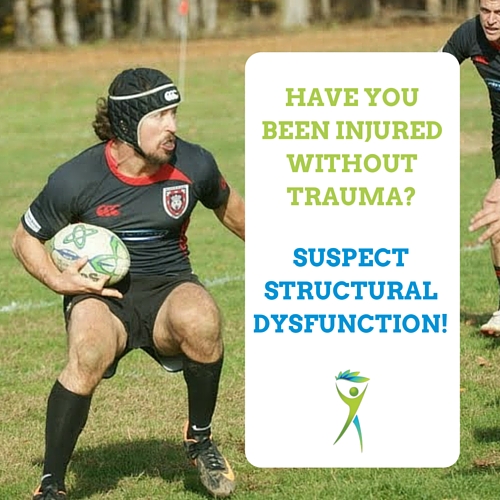
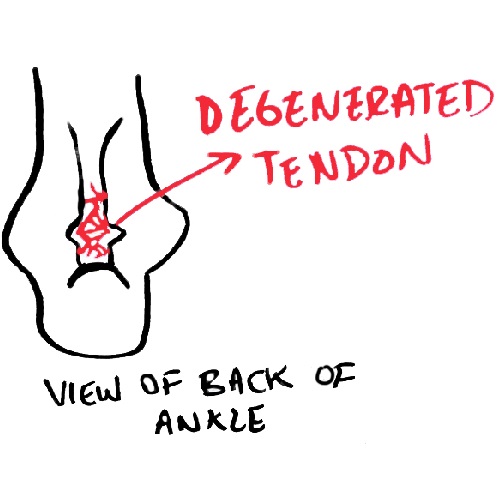
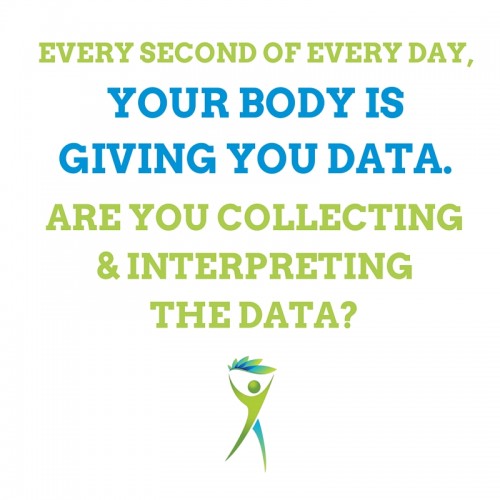
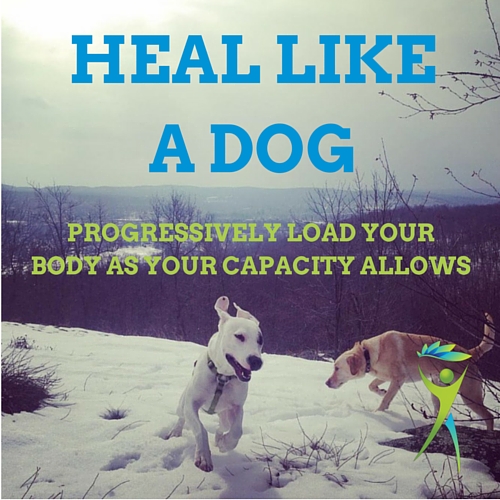
The Chiropractor with the Broken Back: Individualizing Fitness To Teach Respect | Primal Docs
Posted at 15:33h, 15 February[…] The Chiropractor with the Broken Back: Individualizing Fitness To Teach Respect […]